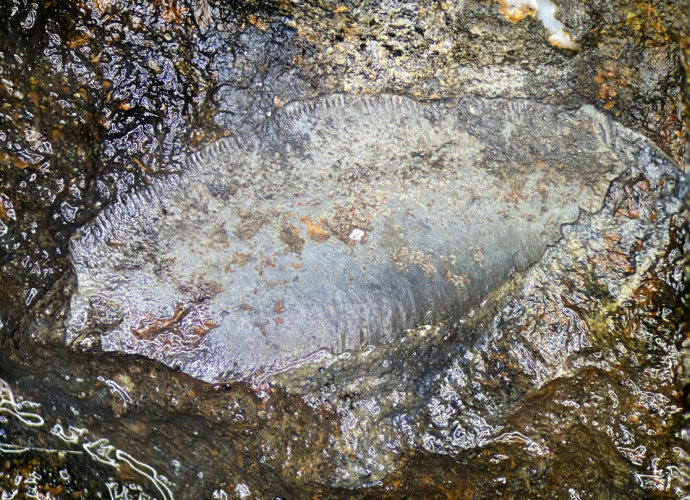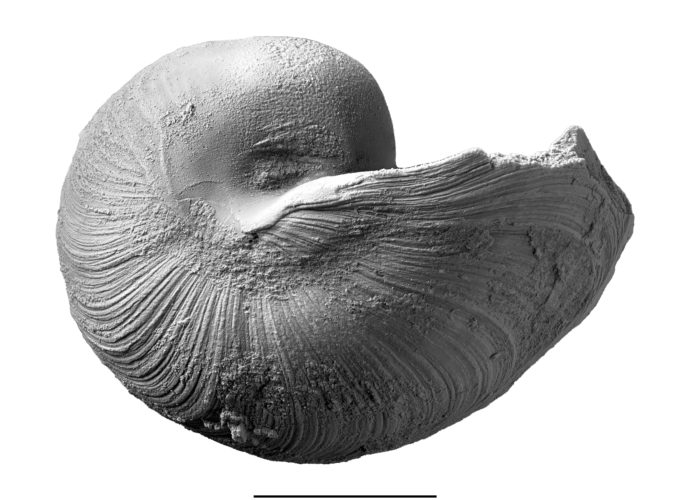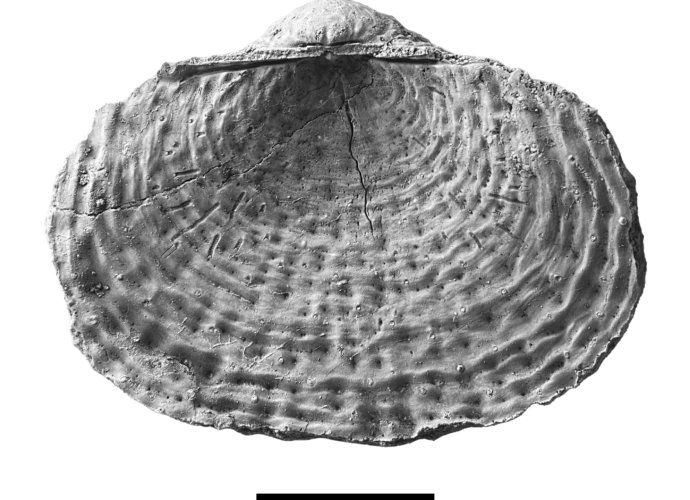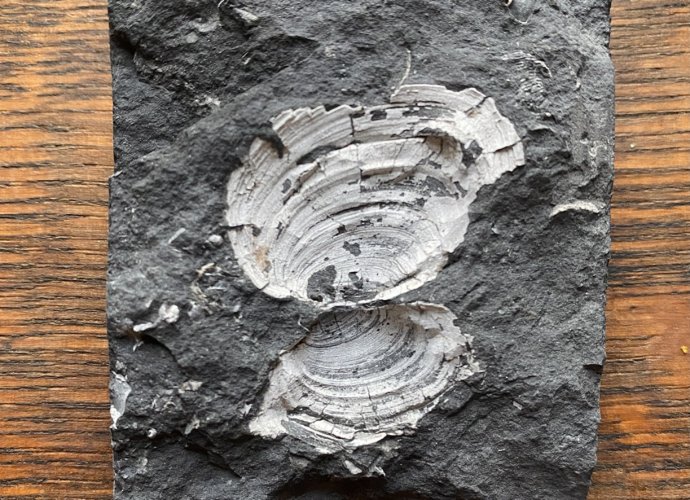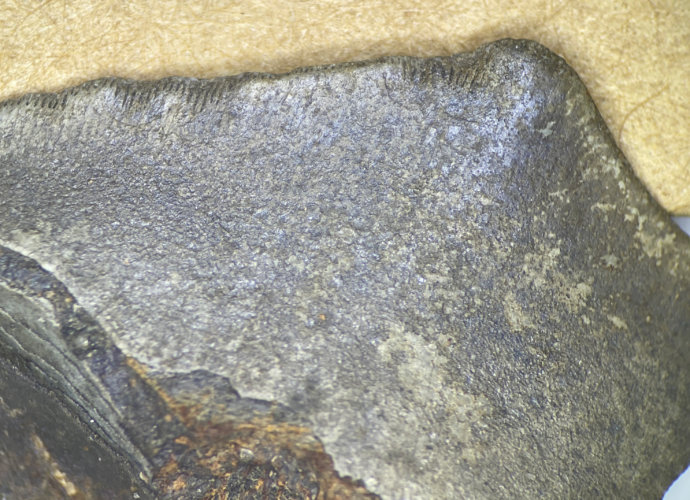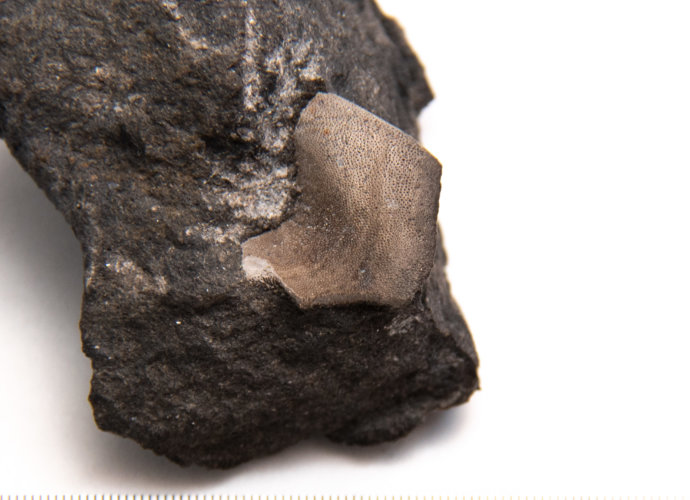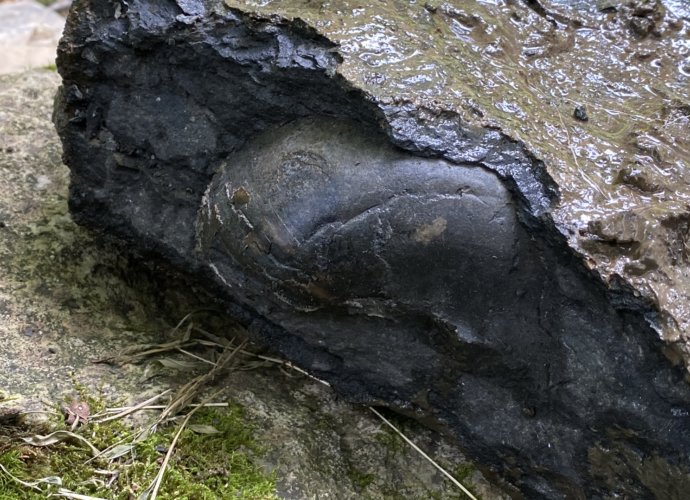Petalodus Ohioensis XV
This 15th specimen of Petalodus ohioensis was lying right out in the open today. The odd part was its placement. Last Fall I had pulled a piece of limestone to shore and was attempting to split it. I cleaved off a few small pieces. However, it was getting late andRead More →

